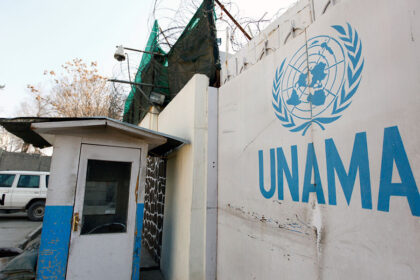RASC News Agency: In a recent commentary, political analyst Ahmad Saeedi stated that the landmark ceasefire agreement between India and Pakistan is the direct outcome of sustained diplomatic pressure orchestrated by the United States. According to Saeedi, former U.S. President Donald Trump played a pivotal role in facilitating this truce, which came into effect on May 10, following intensive backchannel negotiations and high-level dialogue between Washington and both South Asian rivals. “Donald Trump, through comprehensive discussions with both Indian and Pakistani leadership, succeeded in pushing both parties toward an unconditional and comprehensive ceasefire,” Saeedi remarked. “Trump himself stated that the ceasefire was agreed upon shortly after his interventions.”
The agreement arrives amid heightened global concerns over the escalating hostilities along the volatile Line of Control (LoC), which had witnessed a surge in artillery exchanges, drone attacks, and civilian casualties. Saeedi emphasized that this fragile detente was not born of bilateral goodwill alone, but rather of urgent international pressure to avert a broader military conflict between two nuclear-armed states. “The recent escalation, marked by cross-border drone strikes and increased missile activity, significantly raised the specter of a full-scale war. This, combined with the nuclear posture of both nations, alarmed global powers and triggered an immediate call for de-escalation,” he added.
Highlighting Washington’s diplomatic maneuvering, Saeedi noted that the U.S. assumed a central role in mediating between the two adversaries. “The United States, through persistent diplomatic engagement, succeeded in persuading both New Delhi and Islamabad to halt hostilities. Trump’s administration confirmed that repeated high-level engagements led to the finalization of the ceasefire,” he said. Saeedi also drew attention to the significant human and economic costs of the recent clashes. “At least 60 civilians have lost their lives amid the violence, and widespread destruction of infrastructure has taken a devastating toll on communities along both sides of the border,” he explained. “The destruction of civilian assets and the humanitarian toll further intensified internal and international pressure for an immediate cessation of violence.”
Beyond the battlefield, the conflict has deeply affected regional economies and logistics networks. “The closure of airports in northern and western India, alongside Pakistan’s suspension of its airspace, resulted in severe disruptions to regional air travel and trade. These impacts reverberated across South and Central Asia, underscoring the economic fragility of prolonged conflict,” Saeedi observed. In a pointed critique of U.S. foreign policy, Saeedi questioned the inconsistency of American diplomatic engagement across global crises. “What we have witnessed in South Asia proves that the United States possesses the capability to mediate and enforce peace when it chooses to. However, the same determination is conspicuously lacking when it comes to the protracted Israeli-Palestinian conflict,” he noted. “Had the U.S. shown comparable resolve, it could have significantly alleviated the suffering in Gaza and advanced a just resolution to that crisis as well.”
While the ceasefire has momentarily stemmed the tide of violence, analysts warn that without sustained oversight, long-term peace remains elusive. The geopolitical fault lines between India and Pakistan run deep, and only sustained diplomacy combined with regional cooperation and international monitoring can prevent another cycle of violence.






